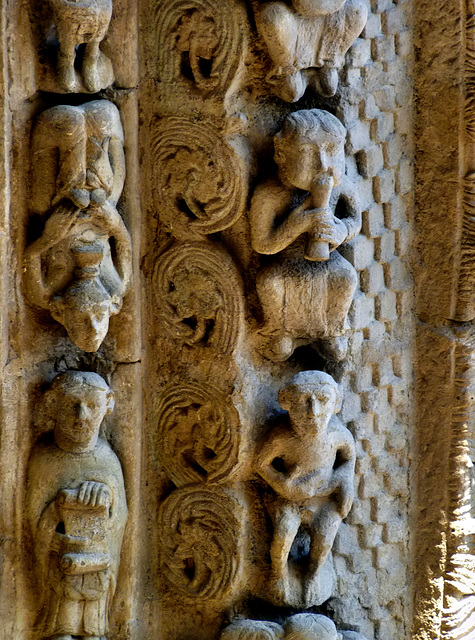Sangüesa - Santa María la Real
Sangüesa - Santa María la Real
Sangüesa - Santa María la Real
Sangüesa - Santa María la Real
Sangüesa - Santa María la Real
Sangüesa - Santa María la Real
Sangüesa - Santa María la Real
Sangüesa - Santa María la Real
Sangüesa - Santa María la Real
Sangüesa - Santa María la Real
Sangüesa - Santa María la Real
Sangüesa - Santa María la Real
Sangüesa - Calle Mayor
Sangüesa - Fiesta
Sangüesa - Santiago el Mayor
Sangüesa - Santa María la Real
Sangüesa - Santa María la Real
Sangüesa - Santa María la Real
Sangüesa - Santa María la Real
Sangüesa - Santa María la Real
Sangüesa - Santa María la Real
Sangüesa - Santa María la Real
Sangüesa - Santa María la Real
Sangüesa - Santa María la Real
Sangüesa - Santa María la Real
Sangüesa - Santa María la Real
Sangüesa - Santa María la Real
Sangüesa - Santa María la Real
Sangüesa - Santa María la Real
Leaving Sangüesa
Sangüesa - Santa María la Real
Location
Lat, Lng:
Lat, Lng:
You can copy the above to your favourite mapping app.
Address: unknown
Lat, Lng:
You can copy the above to your favourite mapping app.
Address: unknown
See also...
Keywords
Authorizations, license
-
Visible by: Everyone -
All rights reserved
-
159 visits
Sangüesa - Santa María la Real


"Santa María la Real" is one of the highlights for all people following the "Camino Aragonés" - since about 800 years. The facade is impressing it may take hours, to find out the many details. I stayed an extra day, when I had reached the town, just to see the shadows movig over the carvings.
A church did exist here already in 1131 next to the bridge crossing the river Aragon. It was transferred by Alfonso I to the "Knights Hospitaller" (aka "Order of Saint John", later "Sovereign Military Hospitaller Order of Saint John of Jerusalem of Rhodes and of Malta"). The apse is the oldest part of the structure and probably dates back to that time.
The nave and the breathtaking Southern Portal of Santa María la Real were created late 12th/13th century. I have uploaded a "total overview" earlier and will now focus on some details.
The archivolts around the large tympanum, depicting the "Last Judgement" are densely populated with dancers, workers, priests and mythical creatures. Here is a flautist on the right and a very flexible contortionist on the left side. The guy has an exceptional ponytail.
A church did exist here already in 1131 next to the bridge crossing the river Aragon. It was transferred by Alfonso I to the "Knights Hospitaller" (aka "Order of Saint John", later "Sovereign Military Hospitaller Order of Saint John of Jerusalem of Rhodes and of Malta"). The apse is the oldest part of the structure and probably dates back to that time.
The nave and the breathtaking Southern Portal of Santa María la Real were created late 12th/13th century. I have uploaded a "total overview" earlier and will now focus on some details.
The archivolts around the large tympanum, depicting the "Last Judgement" are densely populated with dancers, workers, priests and mythical creatures. Here is a flautist on the right and a very flexible contortionist on the left side. The guy has an exceptional ponytail.
- Keyboard shortcuts:
Jump to top
RSS feed- Latest comments - Subscribe to the comment feeds of this photo
- ipernity © 2007-2024
- Help & Contact
|
Club news
|
About ipernity
|
History |
ipernity Club & Prices |
Guide of good conduct
Donate | Group guidelines | Privacy policy | Terms of use | Statutes | In memoria -
Facebook
Twitter

Sign-in to write a comment.